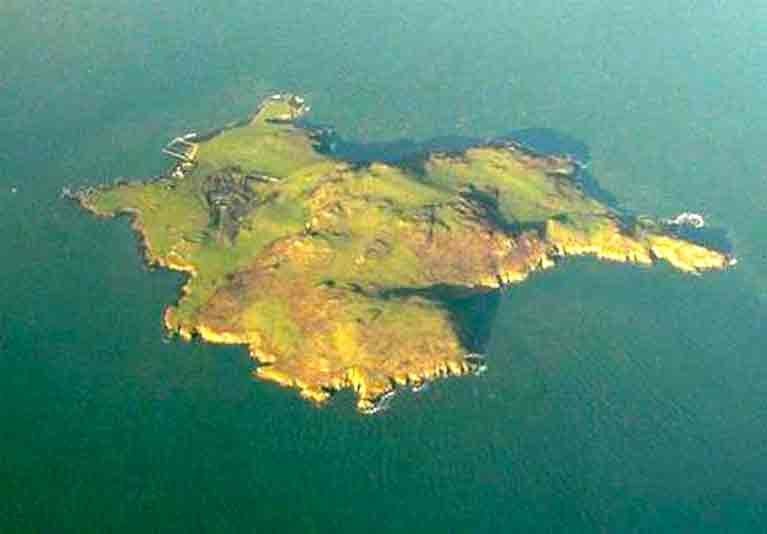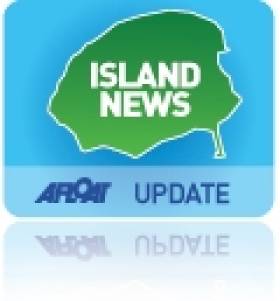Displaying items by tag: Wallaby
Dead Wallaby Washes Up On North Dublin Beach
The Irish Mirror reports on the discovery of a dead wallaby on Malahide Strand in north Co Dublin earlier this week.
It’s believed the animal died after falling off a cliff on Lambay Island, which has had a colony of the marsupials since the 1950s.
And it’s not the only unexpected wildlife sighting in recent days.
Yesterday (Thursday 14 May) the carcass of a smooth hound shark was found just south of Malahide, in Portmarnock, which was also recently visited by a wayward octopus.
So my friend Cathy rescued an Octopus on Portmarnock Beach this morning with another gentleman. Social distancing was observed and this beautiful creature saved. It makes me more determined to protect these waters. pic.twitter.com/blM4UfPa03
— Sabrina Joyce-kemper (@kemper_sabrina) April 1, 2020
And a fisherman in Kerry was surprised to find in his nets a giant box crab, a deep-ocean species with spider-like legs that normally resides miles below the surface in the Porcupine Trough.
Dublin Butcher's Contract For Lambay Island Beef, Lamb - And Wallaby?
#IslandNews - Lambay Island is already known for supplying beef to some of Dublin's most exclusive restaurants – but did you know it also has wallaby?
It's not just an urban myth: the lush green island off North Co Dublin, just 20km from the heart of the city, hosts a hardly mob of the marsupials among its wild grazing cattle, sheep and game.
And the lean meat from these Aussie interlopers could soon end up on plates across the capital, thanks to Dublin-based butchers M&K Meats' new 10-year exclusive deal with the island's guardians, as Business & Leadership reports.
Of course that novelty factor shouldn't distract from the quality of the succulent beef and lamb for which the island is best known.
Business & Leadership has more on the story HERE.
























